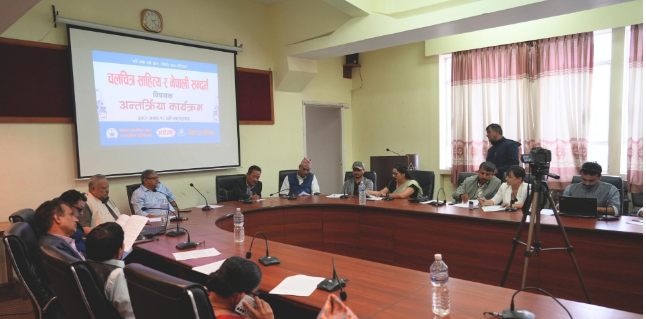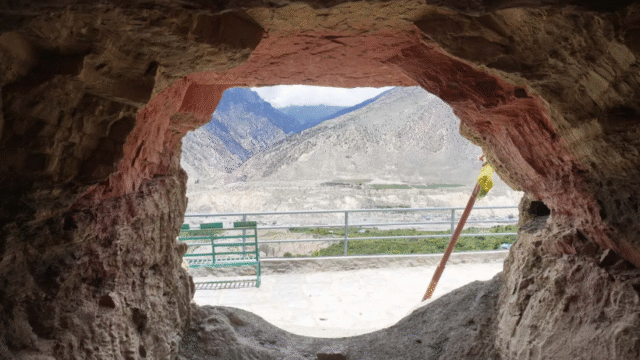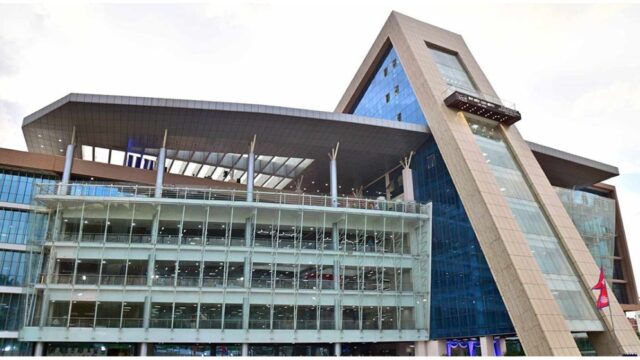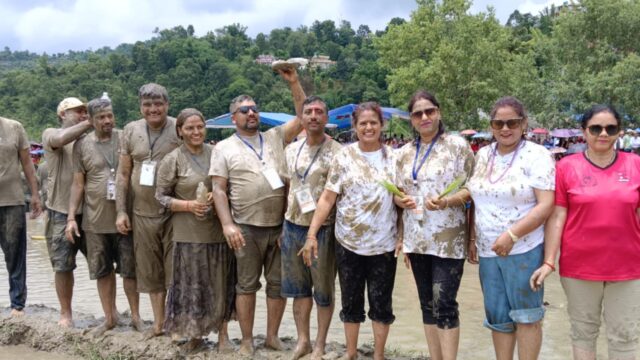Experts have emphasized the need to establish cinema literature as a distinct genre. This was highlighted during an interaction program on “Cinema Literature and the Nepali Context,” jointly organized by the Nepal Academy and the Nepal Film and Cultural Academy.
Dr. Ashok Thapa, a professor in the Nepali Department at Tribhuvan University, presented a working paper on the topic, emphasizing the necessity of recognizing cinema literature as a separate genre. He pointed out that cinema is a modern medium of art with a significant role in societal transformation, noting that it can depict multiple aspects simultaneously due to its technical capabilities, and has become an integral part of society.
Veteran artist and director Neer Shah linked literature and art with the development of human civilization, asserting the need to change the current perspective on art and literature. He stated that art and literature are closely connected to human emotions, with cinema being an extension of this relationship. “The heart of cinema is its screenplay, which is the core component of cinema literature,” he said, adding that many famous films globally are based on literature, making this program beneficial in the context of limited research on Nepali cinema.
Chancellor of the Academy, Bhupal Rai, expressed that the Academy aims to create an ongoing discourse on cinema and plans to continue such discussions in the future. He highlighted that cinema, encompassing all literary genres with its unique storytelling style, serves as a powerful narrative medium.
Commenting on the working paper, lyricist and journalist Bhupendra Khadka noted that while the paper shed light on the history of cinema, it did not clearly define the relationship between cinema literature and the Nepali context. He observed that the connection between Nepali cinema and literature has been strengthening in recent times.
Another commentator, Sita Devi Dhungana, mentioned that cinema has been evaluated mainly from a technical standpoint and called for a theoretical analysis as well.
Dr. Dhan Prasad Subedi, Member Secretary of the Academy, informed that the Academy has initiated collaborative efforts in the field of cinema literature, despite it being an under-explored area. He opined that visual literature, intertwined with language and technology, is a more impactful medium than traditional literary texts.
KP Pathak, President of the Nepal Film and Cultural Academy, emphasized the importance of recognizing cinema as visual literature. He stated, “A film can convey or depict what a novel might fail to express, thus proving its efficacy in societal transformation.”
The program, attended by distinguished figures from the fields of literature and cinema, featured contributions from artist Subash Gajurel, film journalist Vijayratna Tuladhar, actress Vimala KC, and others, who shared their perspectives on the subject.






